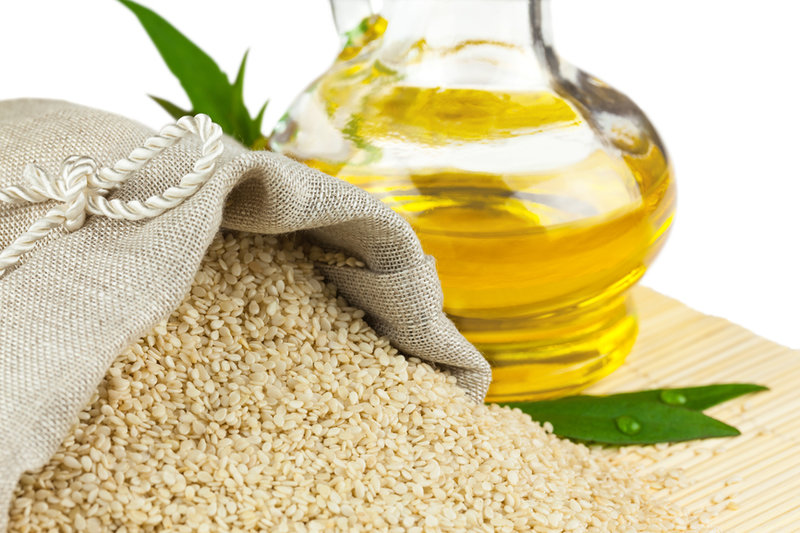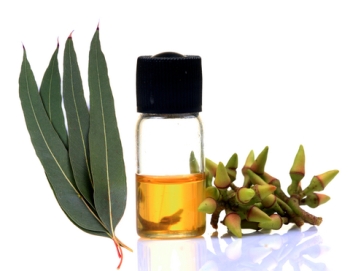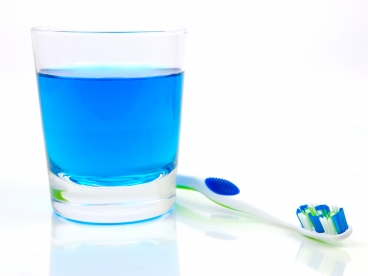Gum recession refers to the process in which the margin of the gum tissue surrounding the teeth is damaged or pulled away from its original position, thereby, exposing the tooth or its root. As a result, small pockets or gaps are formed between the teeth and the gum line, making it easy for damage and bacterial growth. If left untreated, it can lead to severe damage and even tooth loss.
Do Your Gums Grow Back?
It actually depends on the causes of receding gums. Some can, while not always.
Gums are a combination of soft tissues covered with bones; they function as a supporting structure to enable the teeth to maintain their natural place.
- One of the most common causes of receding gums is infection or damage caused by an ongoing gum disease;
- Gum recession also can simply be aggravated by brushing too hard; Other than above discussed causes,
- Other than the two causes above, use of dentures and crowns is also responsible for receding gums. Such cases can be helped with natural remedies and no dental intervention is required.
However, a gum recession caused by some pre-existing condition or dental interventions may not benefit from the use of natural remedies.
Home Remedies to Reverse Receding Gums
 1. Green Tea
1. Green Tea
The catechins found in green tea can help fight against the free radicals which cause the receding gums. The anti-inflammatory properties of green tea can also help reduce the redness and swelling of the gum.
How to use:
Prepare a cup of green tea, and drink one cup daily in the morning.
 2. Aloe Vera
2. Aloe Vera
Aloe vera can be used in growing back receding gums as it possesses cell repairing properties. It helps in growing the damaged soft tissues of the gum. It also prevents swelling and development of any infection due to its anti-inflammatory and anti-bacterial properties.
How to use:
Apply some aloe vera gel on the tip of the finger and rub it over the affected gums after brushing and flossing. Do it for 3 to 5 minutes, then clean the mouth properly. You can also mix some aloe vera gel in water and use it as mouth wash.
 3. Oil Pulling with Sesame Oil
3. Oil Pulling with Sesame Oil
Sesame oil helps in expelling the lethal components from your mouth and prevents plaque formation with its anti-inflammatory properties. Sesame oil forms a defensive covering over your teeth thus prevents plaque from building up.
How to use:
Slightly warm the sesame oil, make sure it is not too hot. Then take it in mouth and do swirling in the mouth. Initially do this for 1 minute and then increase the time to 15 minutes as you get used to it.
 4. Eucalyptus Oil
4. Eucalyptus Oil
It helps in preventing the gum from developing infection and provide shielding effect to the teeth and gums with its anti-septic properties.
How to use:
Mix some amount of eucalyptus oil in water. Dip the fingers in some of this mixture and massage over receding gums. Then wash and clean the mouth evenly.
 5. Mouthwash
5. Mouthwash
Daily use of mouth wash helps in fighting against the infection. It also helps in preventing plaque formation. Mouthwashes containing hydrogen peroxide also prevents infection development.
Good quality mouthwashes are available in the market which is germicidal in nature, if a person doesn’t want to use these mouthwashes then a natural mouthwash can be prepared at home using natural ingredients.
How to use:
Mix ½ cup of water with 2 drops essential oils extracted from clove, tea tree oil, peppermint, clove, or coconut oil. Use these oils as your natural mouthwash, swirling everything around inside your mouth for a moment.
Medical Treatment
1. Conventional Treatment
Most treatment options suggested to reverse receding gums are uncomfortable invasive techniques, which require longer healing time. Such methods are performed by surgically removing the tissue of some area and then placing it over the receding gums, known as gum grafting, which is expensive and costs hundreds of dollars even for single tooth.
- Tissue grafts: Tissue grafting is one of the traditional methods. In this procedure tissues from the roof of the oral cavity is removed surgically and sewn over the gum receding area.
- Pedicle grafts: Pedicle grafting is done when there are enough tissues around a receding gum. A small incision is made creating a small flap which is then stretched over the surrounding receding gums, fitted by sewing.
- Donor tissue grafts: Donor tissues can be used from a tissue bank. It requires less incision as there is no need to remove any tissue within your mouth. The healing time is also quicker than any other methods above.
2. Frenectomy
The small flap of skin that extends from between the middle of your lower front two teeth and the lip is called a frenum. Tightening of the frenum results in pulling the gums away from it’s the teeth. Snipping the frenum can reduce the stress that it placed on the gum margin. A frenectomy is typically performed along with a graft surgery and is usually not very expensive technique.
How to Prevent Receding Gums
Instead of searching for reverse receding gums, it's better to prevent it in the first place:
1. Maintain Good Oral Hygiene
It is essential to maintain good oral hygiene by brushing your teeth two times a day after meals to prevent receding gums. And it is also important to have a well-balanced diet, include protein and reduce the intake of carbohydrate to prevent the development of plaque over your teeth.
2. Do Not Brush Aggressively
Aggressive tooth-brushing can cause gum recession and even bleeding. For this reason, use of a soft bristle brush is recommended. A technique to prevent gum recession from brushing is to place the head of toothbrush at 45 degrees beside the teeth, and move the brush in back and forth motion.
3. Remove Mouth Piercings
People with oral piercings – especially long-stem tongue jewelry (barbells) – have a greater risk of gum disease than those without oral piercings. The jewelry can come into contact with gum tissue causing injury as well as a recession of the gum tissue – which can lead to loose teeth and tooth loss. Thus, it is recommended to remove the mouth jewelries for the health of your teeth.
4. Avoid Smoking
Smoking is one of the causes of gum diseases such as plaque formation. It is revealed through researches that people who tend to do more smoking is more prone to develop dental diseases because tobacco can suppress the body’s immune system, reducing its ability to fight infection. Smoking also limits the growth of blood vessels, slowing the healing of damaged gum tissue.